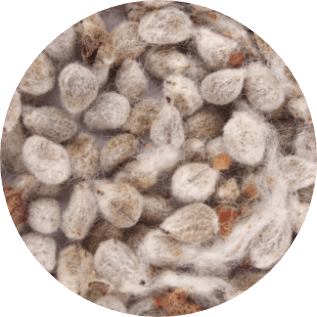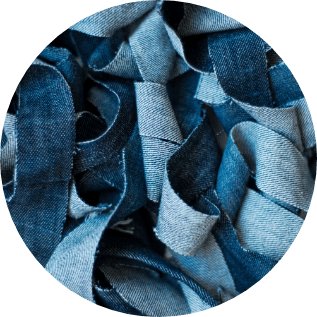
The Circularity of Cotton
As a plant and natural fiber, cotton is inherently circular. It is grown from the earth, can be reused and recycled in a variety of ways, and biodegrades when it is ultimately returned to the earth. And, all parts of the cotton plant, including stems, lint and seeds, can be used.

The cotton ginning process creates 2.5 million tons of biomass each year, which can be used to produce energy.1

Cotton manufactured into a nonwoven applications, like wet wipes, can be composted after use.2

Cotton cycles carbon out of the atmosphere through the natural process of photosynthesis, during which carbon dioxide is absorbed, and carbon is then sequestered, or stored, in biomass above and below the ground. When crop residues are left on the ground and returned to the earth, the sequestered carbon in the plant residue can increase carbon in the soil, acting as a carbon sink.3
Cottonseed: An And Crop
Cotton is well known as an apparel and home textile fiber, but it also has many other uses – like spray-on hydromulch derived from cottonseed, feed for cattle and fish, and even cooking oil and baking flour for human consumption.
Recyclability
Cotton textiles, such as used clothing, can be recycled for a second life as textiles or to create new products in new industries. That means cotton textiles that have been discarded can be used again, displacing the need for new raw materials in a variety of industries.
Biodegradation
Cotton microfibers biodegrade readily in wastewater treatment conditions, fresh water, and sea water whereas many synthetic microfibers do not readily degrade and persist in the environment for long periods of time. In fact, recent research shows that cotton microfibers degrade at the same rate as or faster than an oak leaf.4
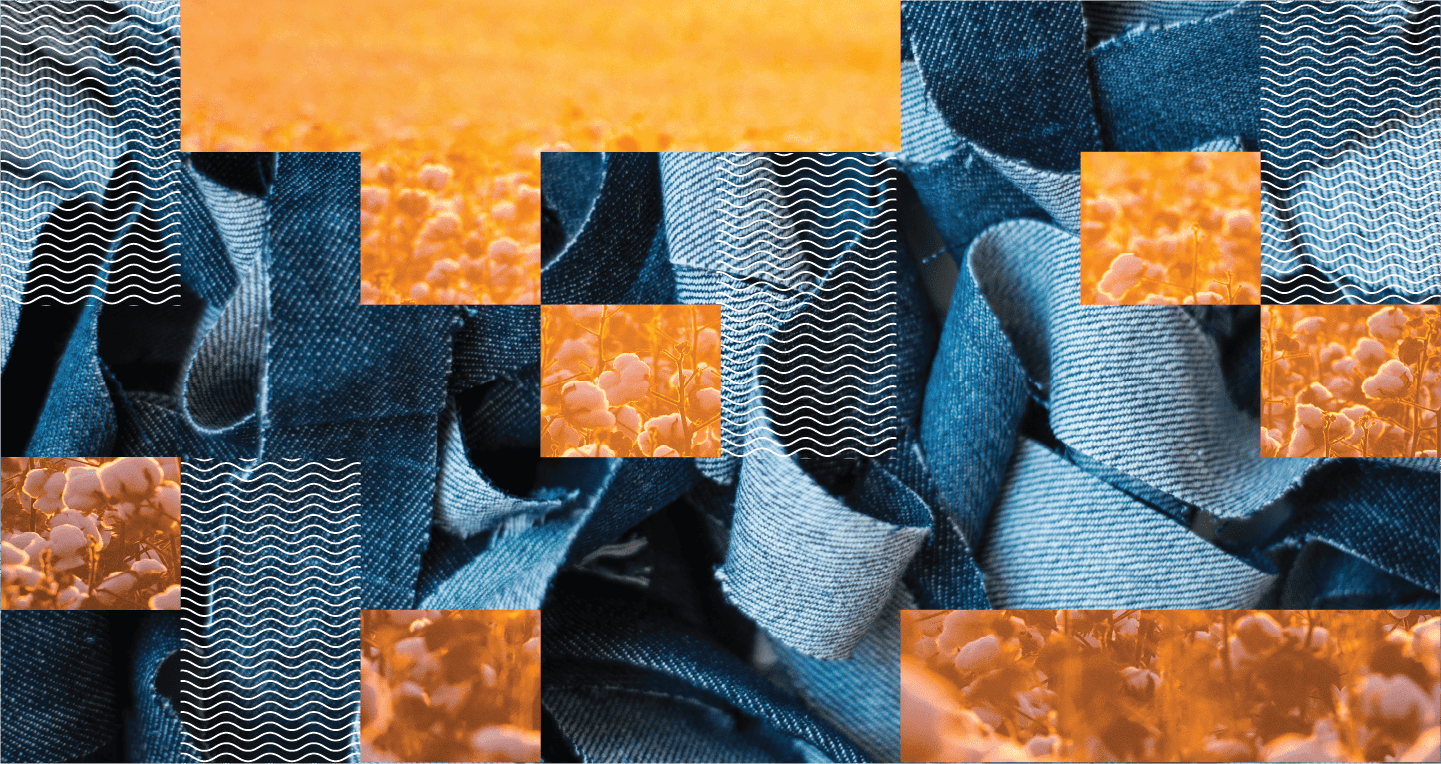
Growing cotton can be considered circular agriculture. Cotton is a natural fiber, cultivated from natural inputs such as the sun, rainwater and soil. It also stores carbon dioxide the plant has absorbed from the atmosphere. Cotton is therefore inherently circular – and modern practices are leading the way towards making cotton a net negative carbon contributor. As more growers increase renewable energy use to power farm equipment, as more farms use no-till strategies and cover crops to improve soil health, farm circularity is increased. By improving farm circularity, carbon sequestration in the soil increases while overall greenhouse gas emissions on the farm are reduced.5
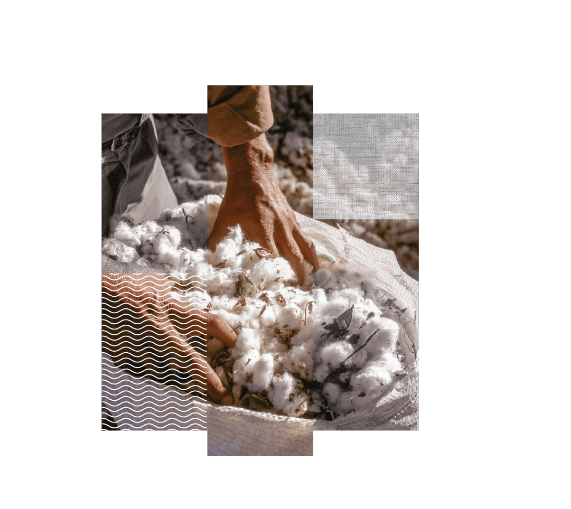

In a 12-week research trial, synthetic fiber samples broke down by only 0.8% in an industrial compost environment. Cotton samples, on the other hand, degraded by 89% – meaning the cotton’s ability to degrade was significantly better than that of the synthetic fiber.**
Dig into the research on how well cotton degrades in different environments.
THE LATEST
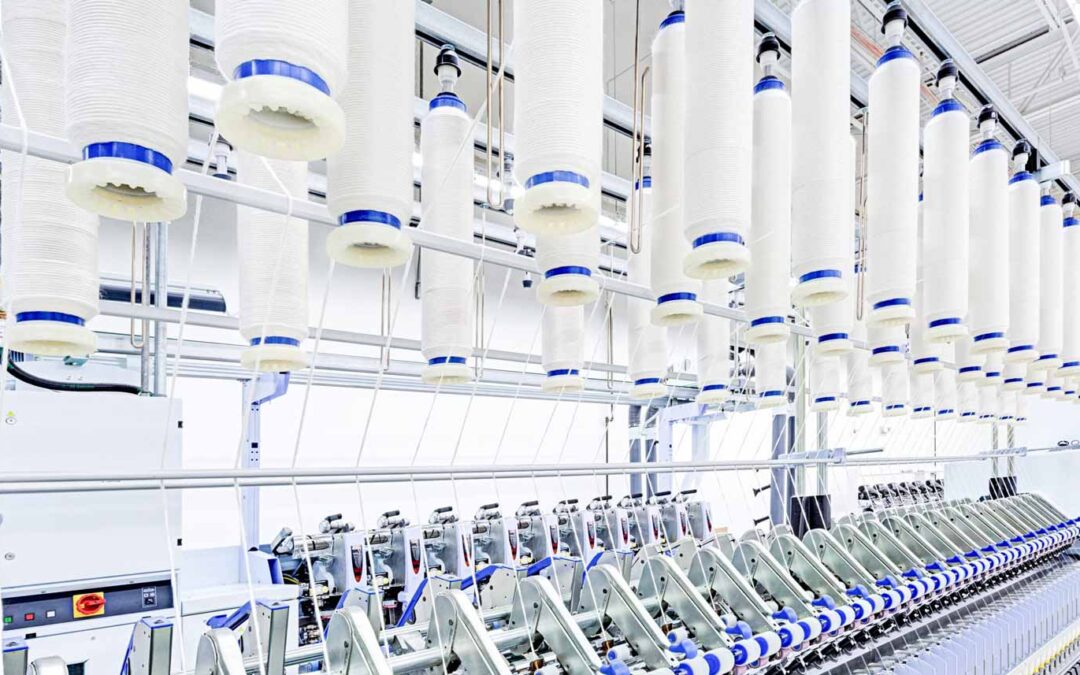
Understanding ISO Standards and the Importance of a Circular Economy
The Current State: Our global economy, heavily reliant on a "take-make-waste" model, is exerting significant strain on our planet and depleting resources. The shift towards a circular economy is a possible solution that industries need to undertake. Utilizing natural...
Cotton to Compost: Transform Waste Management in the Textile Industry
Why Composting: Composting is a remarkable sustainable practice that transforms natural materials into nutrient-rich soil amendments. Reducing GHG Emissions:. Compost not only reduces greenhouse gas emissions but also helps remove additional CO2 from the atmosphere....
Sweet Solutions: Transforming Cotton Waste into Sugar
Typically when a garment end its lifecycle, it can be repurposed, recycled, or disposed. Matt Farrell, Textile Chemistry Research Manager at Cotton Inc. explains recent research where textile cotton waste is turned into glucose sugar a.k.a. sugar and then used in everyday projects.
- World Resources Institute & Apparel Impact Institute (2021). Roadmap to Net Zero Delivering Science-Based Targets in the Apparel Sector.
- Li, L., Frey, M., & Browning, K. J. (2010). Biodegradability Study on Cotton and Polyester Fabrics. Journal of Engineered Fibers and Fabrics, 5 (4), 42–53. https://journals.sagepub.com/doi/pdf/10.1177/155892501000500406. Also, see research conducted with North Carolina State University (2018), https://www.cottonworks.com/wp-content/uploads/2019/12/Understanding-the-Plastics-Problem_pages.pdf.
- Zhang, P., Xu, S., Zhang, G., Pu, X., Wang, J., & Zhang, W. (2019). Carbon cycle in response to residue management and fertilizer application in cotton field in arid Northwest China. Journal of Integrative Agriculture, 18 (5), 1103–1119. https://doi.org/10.1016/S2095-3119(18)62075-1.
- Zambrano MC, Pawlak JJ, Daystar J, Ankeny M, Venditti RA. (2021). Impact of dyes and finishes on the aquatic biodegradability of cotton textile fibers and microfibers released on laundering clothes: Correlations between enzyme adsorption and activity and biodegradation rates. Mar Pollut Bull.
- American Society of Agricultural and Biological Engineers. (2021). Transforming Food and Agriculture to Circular Systems. Special Issue.
